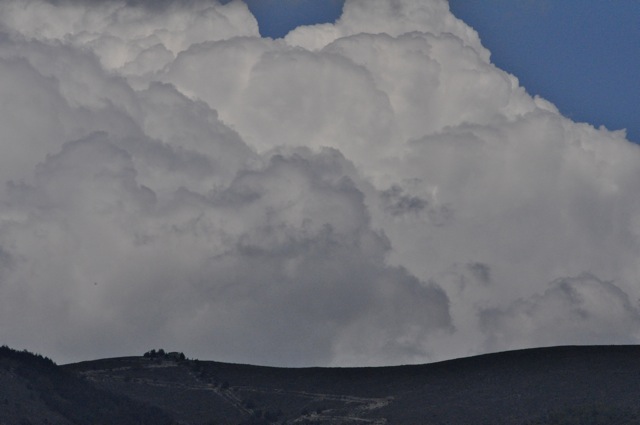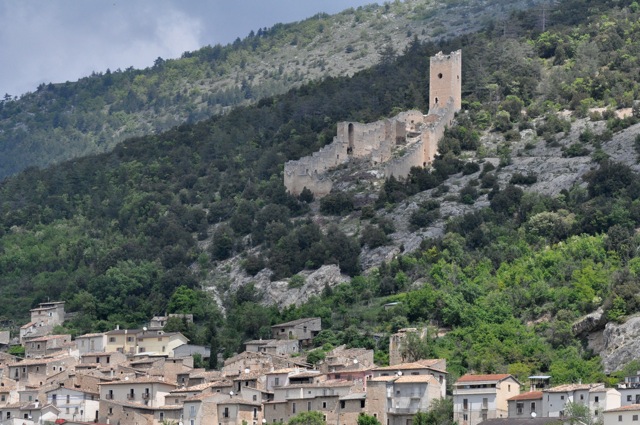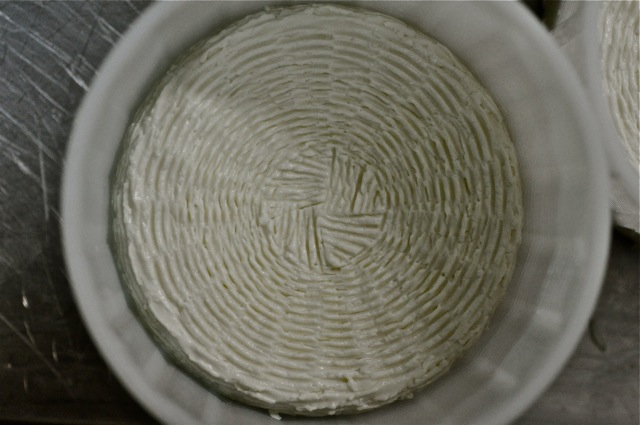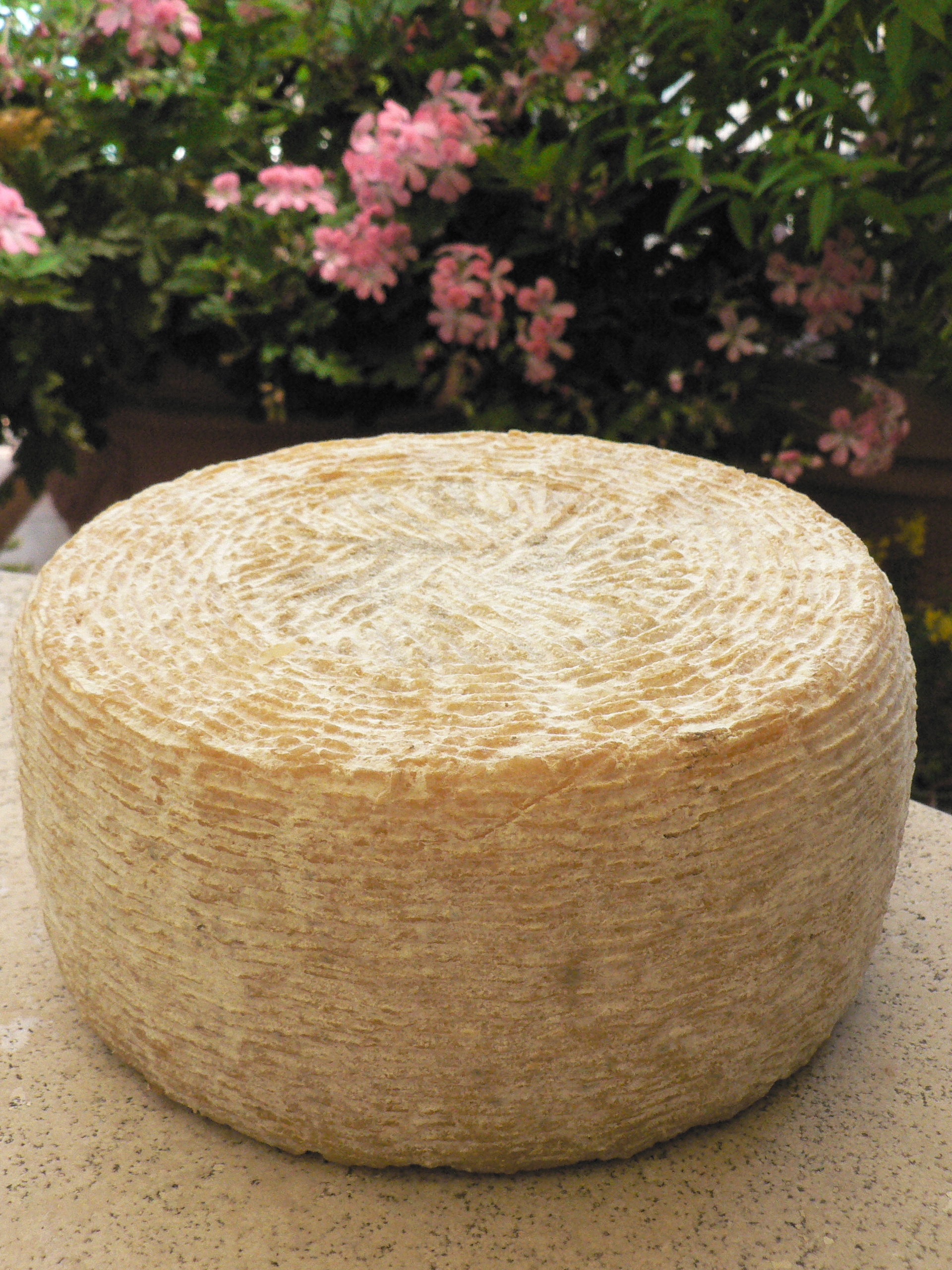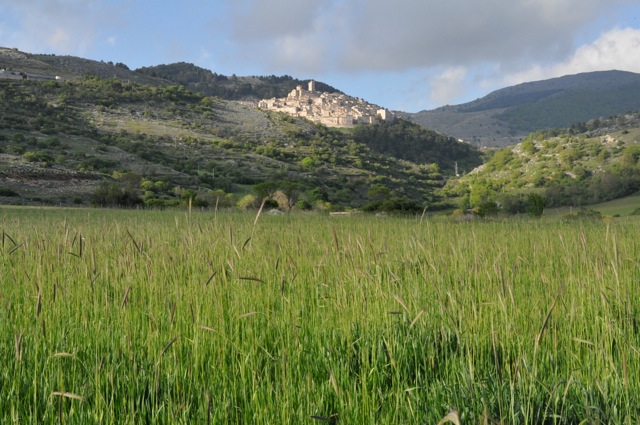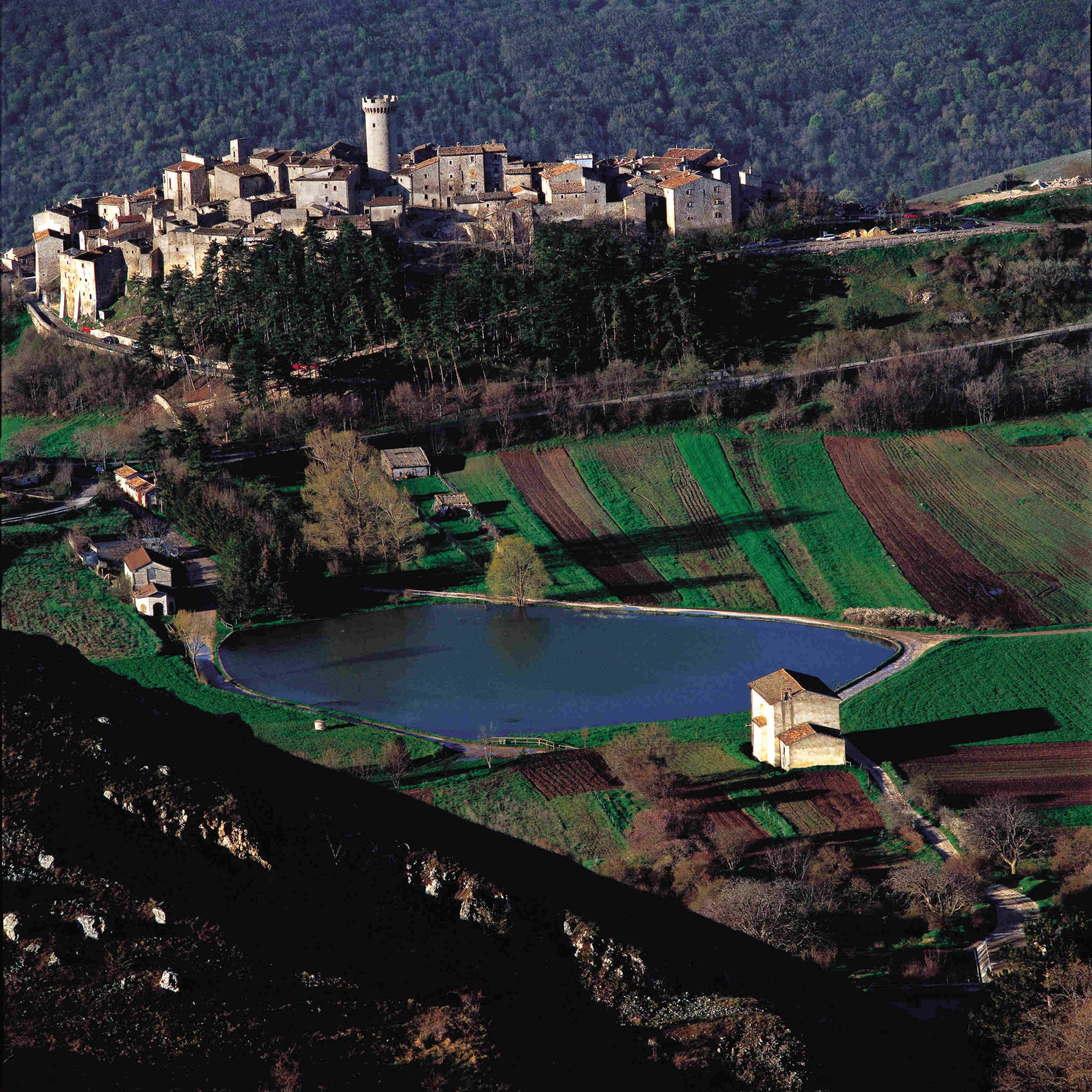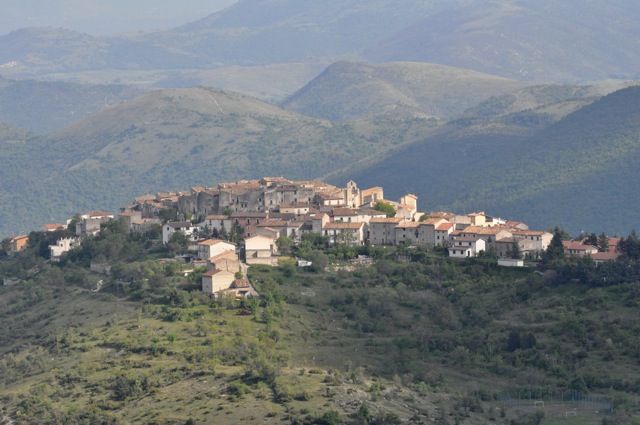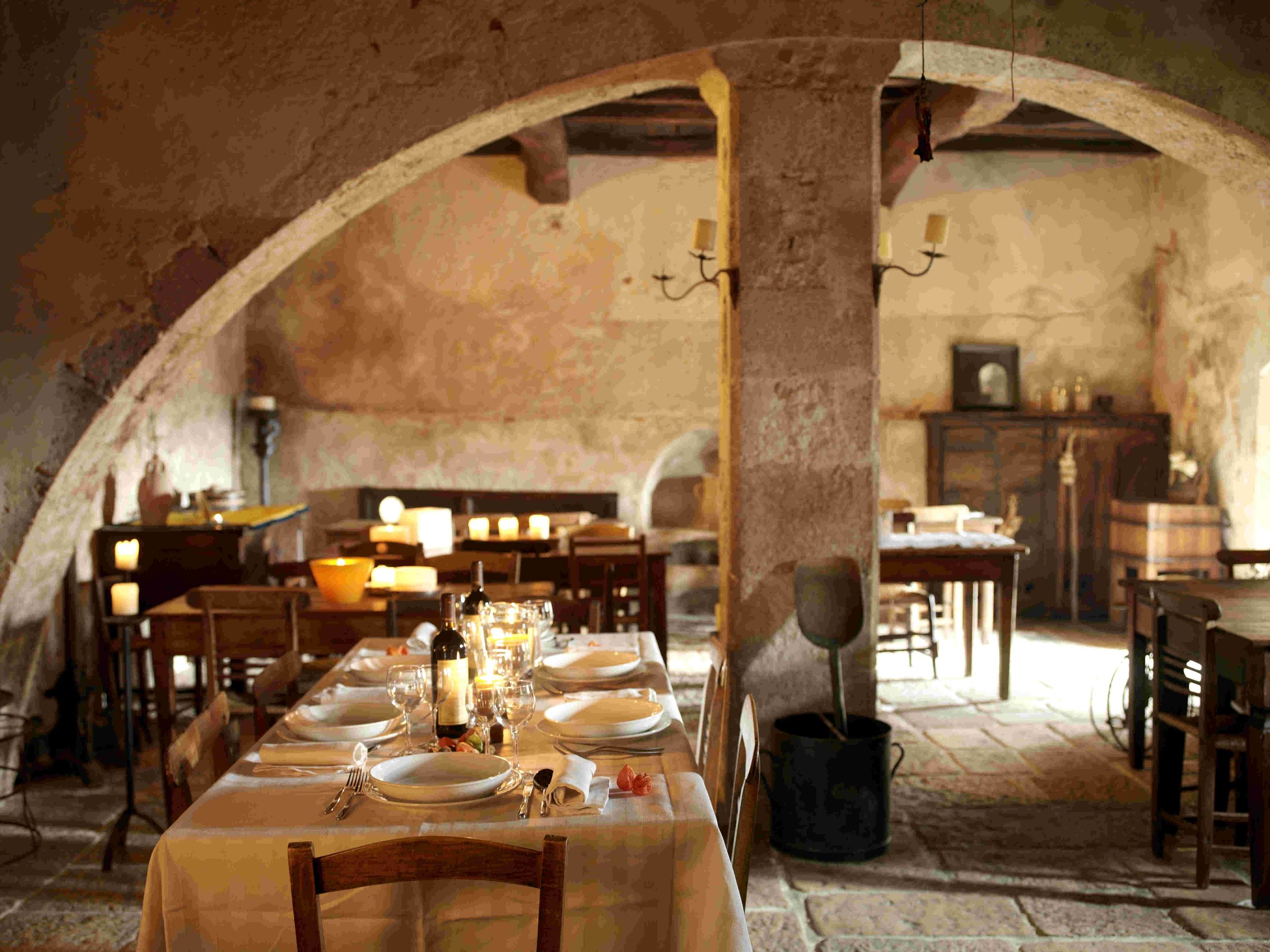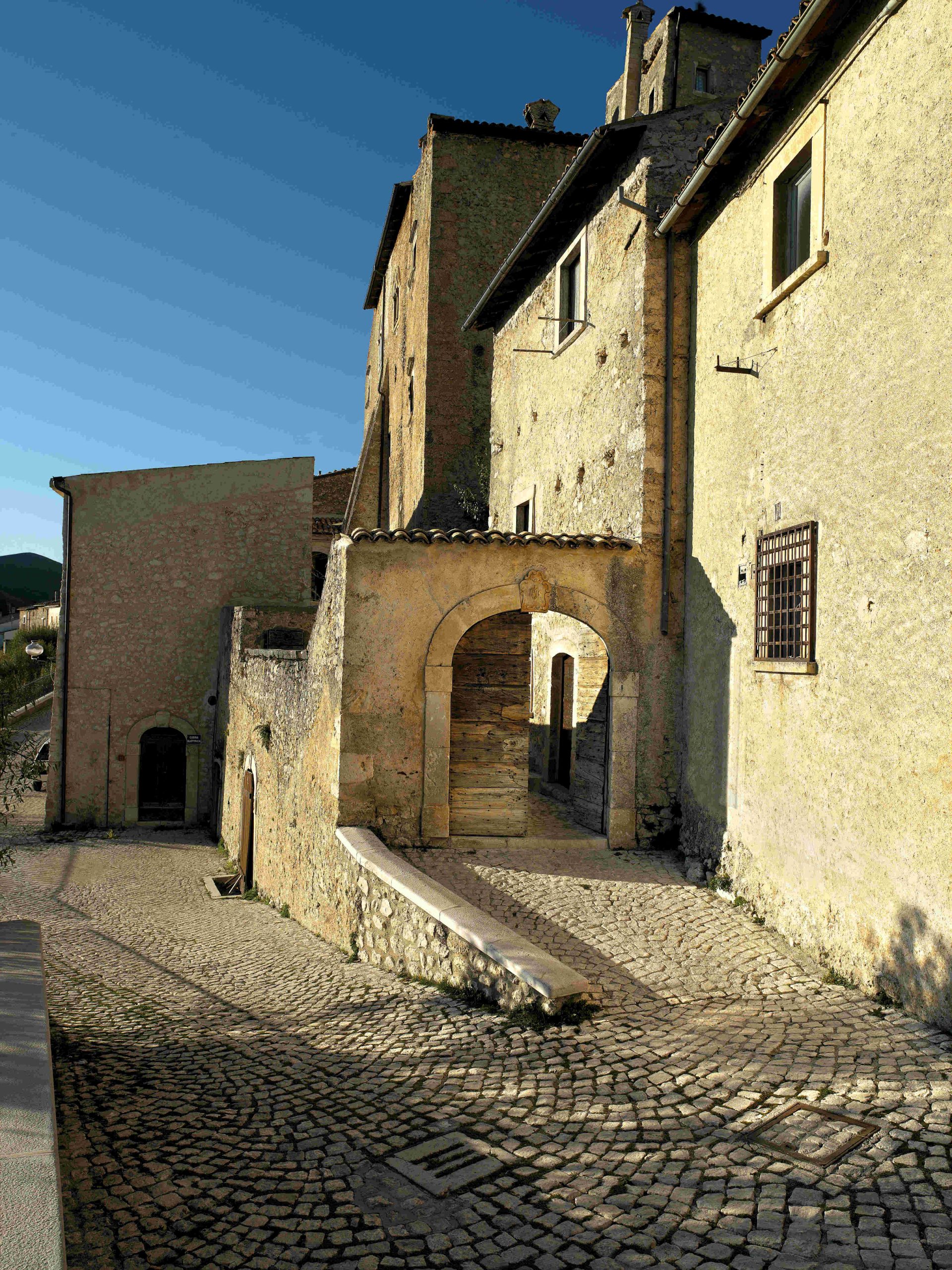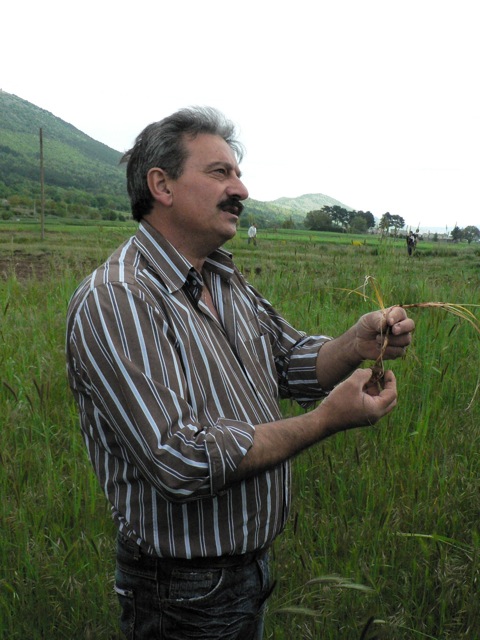A World Away
Ninety minutes from Rome is a world away.
We urge you to visit it.
After Rome, perhaps, or on the way to Marche or Puglia.
Abruzzo, one of Italy’s most spectacular regions, has been (sparsely) inhabited since Neolithic times. Bordered on the east by the Adriatic and on the west by the Apennines, it is one of the most mountainous regions in Italy. In the interior is the 200 square mile Abruzzo National Park, where unusual examples of Mediterranean flora and fauna survive (chamois, wolves, bears, golden eagles) plus some of the most beautiful wild flowers of Europe. At month’s end, we will be going to admire these (look for photos !) and please also follow our blog in two weeks when we join the transumanza, or transhumance, walking for two days with the sheep in an ancient Italian tradition wherein twice yearly large flocks travel to the fresher and greener pastures of the higher Apennine elevations. We hope that next year you will consider these adventures for yourselves.
But last weekend we were not walking with the sheep — though we did spend some time in an organic dairy that made superb sheep ricotta and fresh, semi-aged and aged sheep cheeses.
We visited the Gran Sasso area of the Abruzzo and were, as ever, in awe. The exhilarating beauty of its landscape, the wildness of its nature, the absence of tourism, the warmth of local people… Where there are towns, they are largely pristine, untouched by development, with high stone walls shooting up from the mountain’s flank, and at in perfect harmony with the woods and rolling foothills of Gran Sasso.
While we write about this area extensively in our clients’ Travel Plans, the images here speak more eloquently of what you will see.. less than two hours from Rome.
This is the antidote to overtourism, to the “Under the Tuscan Sun” Italy, to unsustainable travel.
This is the area where your hotel is blended within the fabric of the town, nearly unrecognizable as an inn. The owner is emphatic in his commitment to the preservation of local heritage, and every room has all of the original design and decor, much of it humble, all of it traditional.
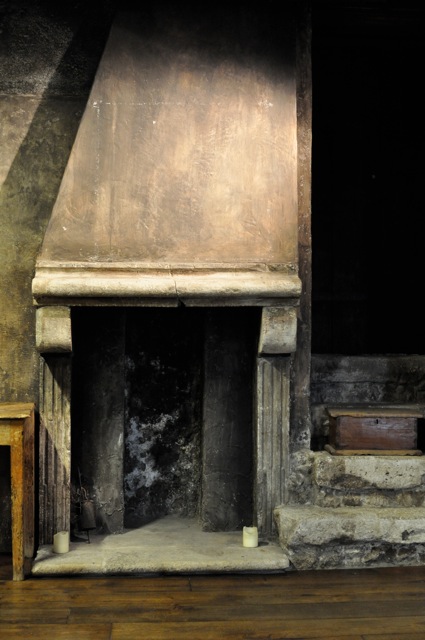 Detailing is beautiful. Technology is present — standards very much luxury — but nearly imperceptible. Linens are all locally loomed. The lovely pitchers and glasses are all local. All staff is from the area.
Detailing is beautiful. Technology is present — standards very much luxury — but nearly imperceptible. Linens are all locally loomed. The lovely pitchers and glasses are all local. All staff is from the area.
The inn’s restaurant is superb, and its waiters warm and enthusiastic.
“This region was the theatre of a history which finished with emigration and abandonment,” says the inn owner. “That was the end of these towns, but also the reason why they remained as they were, with their values and their uncontaminated relationship with the countryside. And I don’t think it’s utopian of me to believe that these values can become the real engine of the economy here.”
And the world’s very best saffron — shown below, here, as a bulb — is grown here, but produced in miniscule quantities, planted and harvested mostly by farmers with greying hair.
As the inn’s owner remarks : “The people who remain here are the last generation to still use traditional cooking and building methods… They remember the old folk stories and songs.”
We find it difficult to keep away.

